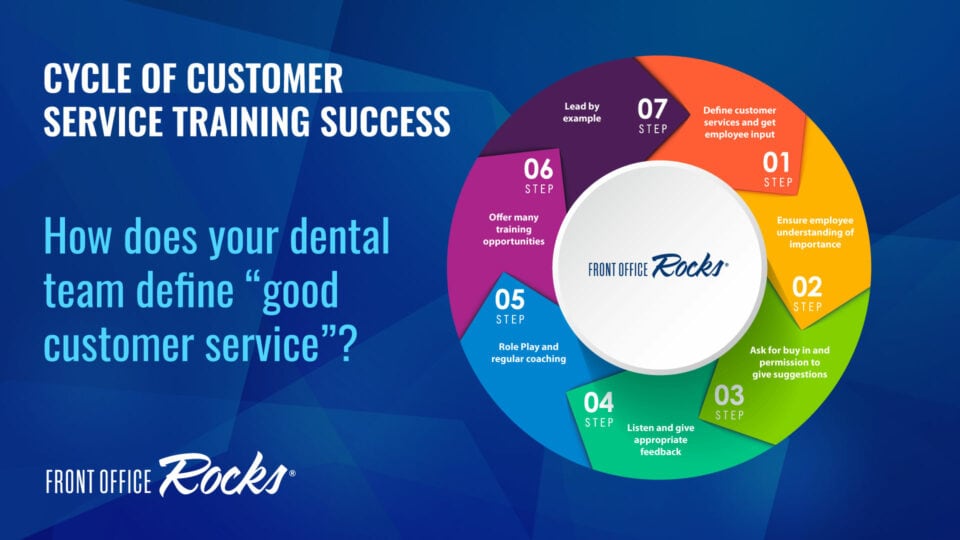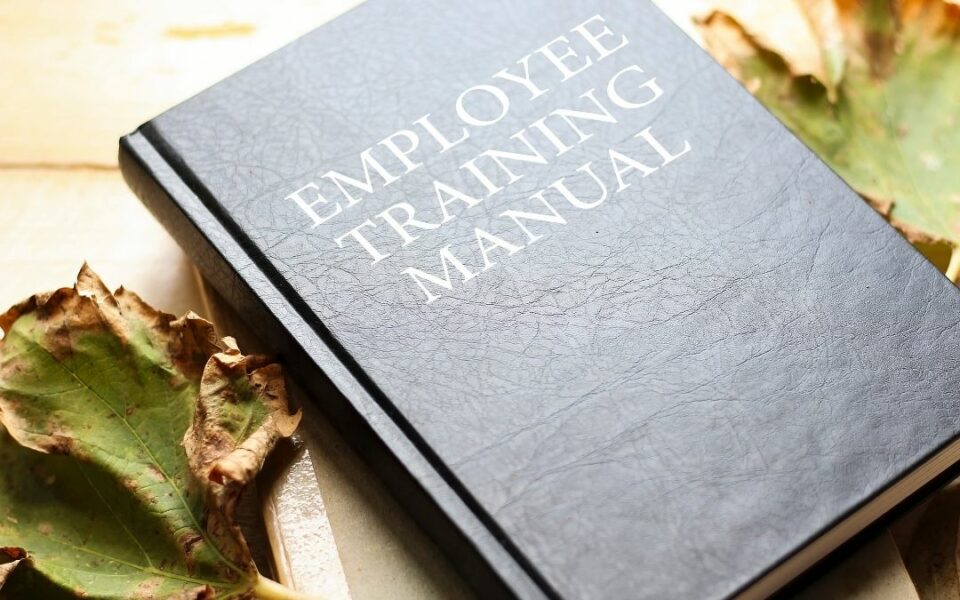How to Successfully Implement a Nontraditional Hours Policy
Does your office have extended patient hours, split shifts, or weekend hours? (Some quick definitions: “extended hours” refers to hours that fall outside of the normal 8 am to 6 pm range; “split shift” involves having two different shifts working in order to provide extended hours; “weekend hours” are any patient care hours offered on weekends.) If your office has any of these types of nontraditional hours for patient care, congratulations! This is a great service you are offering your patients. Most patients, even if they work a normal workweek, can take time off during the week to come to the office for their dental appointments. However, there are a few patients that cannot take time away from work for dental appointments. For that small minority, nontraditional hours are highly valued.
That being said, hours outside of the normal 8am to 6 pm should be treated as an extra benefit, and patients should be scheduled accordingly. Not every patient will be appropriate for nontraditional hours.
Here are the guidelines we use at our office in deciding which patients to schedule outside of normal hours:
Patients must be in good standing
If a patient has broken more than one appointment last-minute in the past or has not shown up for an appointment without a legitimate excuse, they should not be given an appointment during these times.
Patients should be prepaid
Or their financials should be worked out for this appointment. There is a cost associated with being open during these extended hours, and your office should not do it for free.
In addition to scheduling after-hours patients appropriately, it’s vital to make sure these extended hours are productive hours for your team. If your office is offering this time to help patients when most offices are closed, it should be as productive as possible.
How do you schedule dental employees for extended-hours patient treatment?
Scheduling for hours outside the norm can be a little bit more challenging, as the office needs to be more creative with hours and ensuring there is enough coverage without having team members rack up a lot of overtime. There are several ways to do this, and a lot of how you do it depends on your state laws. Always check with Human Resources and confirm you are compliant with your state’s payroll and labor laws!
1. Variable Employee Schedules
Bring each employee in when needed to work hours that are needed. In other words, design a schedule, much like a retail schedule, that varies according to the patient load. This can work great to make sure you have coverage when you need it. However, this scheduling approach can turn out to be a big headache, as the office schedule tends to change a lot on a day-to-day basis. Also, it is sometimes difficult to find a lot of employees who can be flexible in changing their work schedule regularly.
2. Designated Hours for Each Employee
Give certain consistent hours to employees. For example, if your office is open from 8 to 8, then each employee works a certain schedule each week. This approach keeps the office running smoothly but does not offer much flexibility when the staff is there but the production scheduled does not warrant having all the employees working.
3. Split Shift
Split shift is when your office has a certain group of people that work a certain shift, such as from 7 am until 3 pm, and another group of employees that work from 2 pm until 8 pm. This is great in terms of offering longer hours for the patients and makes it easy to schedule. However, this approach can raise difficulties in communication between staff on the two different shifts.
4. Weekend Hours
Weekend hours are self-explanatory. Since most weekend hours are normally not a full 8-hour shift, there is not much need for different schedules. However, weekend hours do cause issues when it comes to full-time employees, since working a weekend would put them into overtime.
Again, I must emphasize that you have to check with your state law as to how overtime works in regard to staff schedules, but the above outlines some of the pros and the cons as your office enters into any of these types of schedules.
No matter what schedule your office offers, there are two things to understand:
5. Patients Need to Show Up!
This was already mentioned above, but it is important enough to mention again. There is nothing more frustrating than opening the office on a weekend, having the team take time away from their families and friends, only to sit around the office with no patients when someone cancels because it’s good weather and they want to go to the beach instead of the dentist.
6. Team Communication is Challenging
Whenever you have different employees working different times, it is hard to make sure everyone is in the loop on everything they need to know. Implement protocols and policies to ensure everyone stays on the same page. Here are some suggestions to make that happen:
- Each employee has a mailbox. Communicate as much as possible on paper in writing. This makes sure that everyone gets the same message the same way and no one is left out of the information loop.
- Morning huddles. In an office where everyone on the team works the same shift, a morning huddle works well because everyone is present. However, whenever you have huddles without everyone present, you need to make a plan to get that information communicated to those that are not there. There are two ways to approach this. The first way is to have a peer take notes for the missing person and then transfer the data to that person when they arrive. For example, one hygienist who attends the huddle takes notes for not only herself but also takes notes for the hygienist that comes in an hour later. An alternative to this method is to have more than one huddle during the day. In the instance where you are working a split shift, or you have a few people that come in later in the day, have a second huddle. The office manager, attends both huddles to make sure the important items get communicated to the group of employees in the second huddle.
- Take time to have a full team meeting. It is still very important to take time out to have the entire team come together for a meeting. There are certain things that need to be communicated in person, and since the team works different hours, they might miss communicating to one another. If you don’t want to lose the “team” feeling when offering these extended hours, take time out to keep everyone on the same team!



